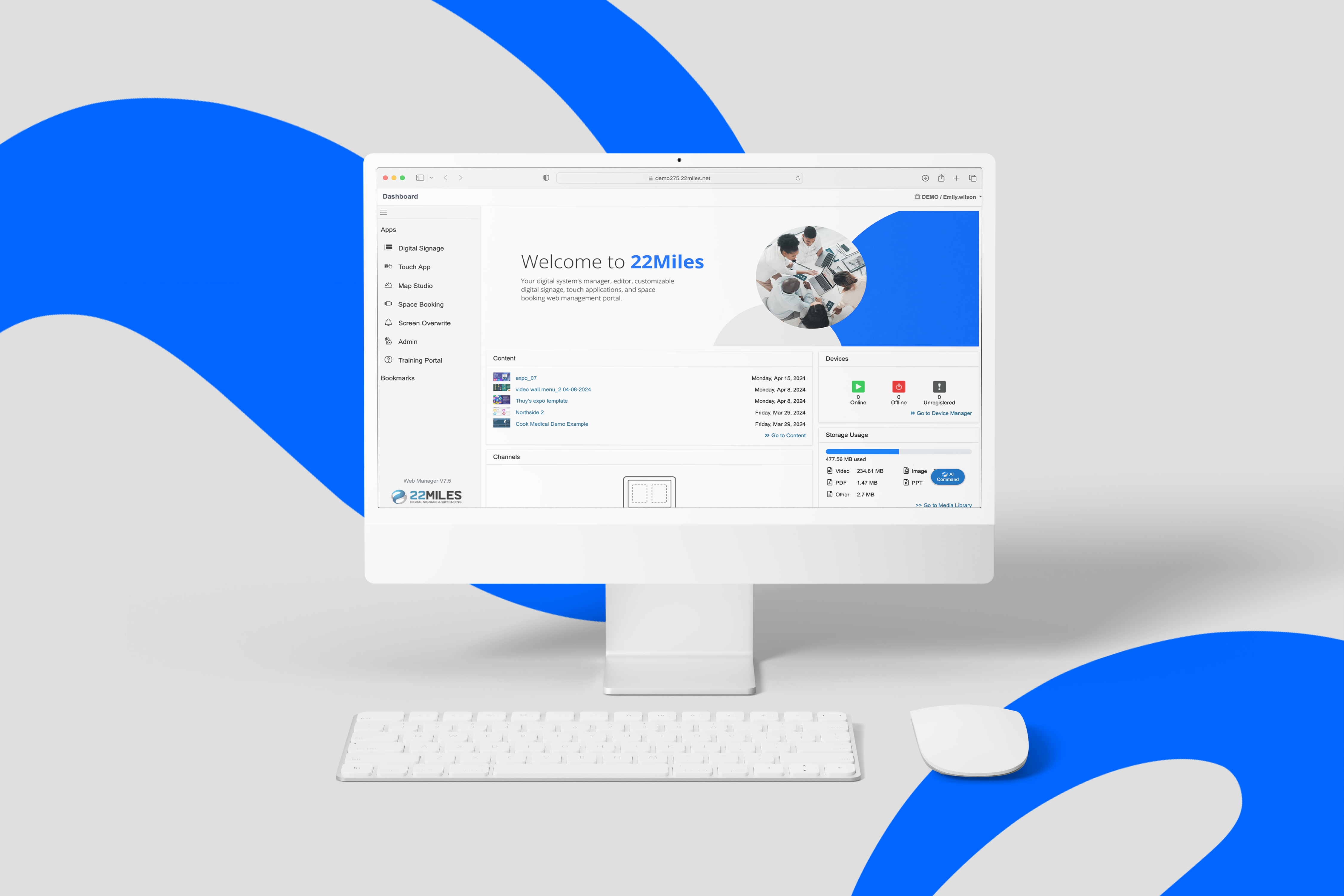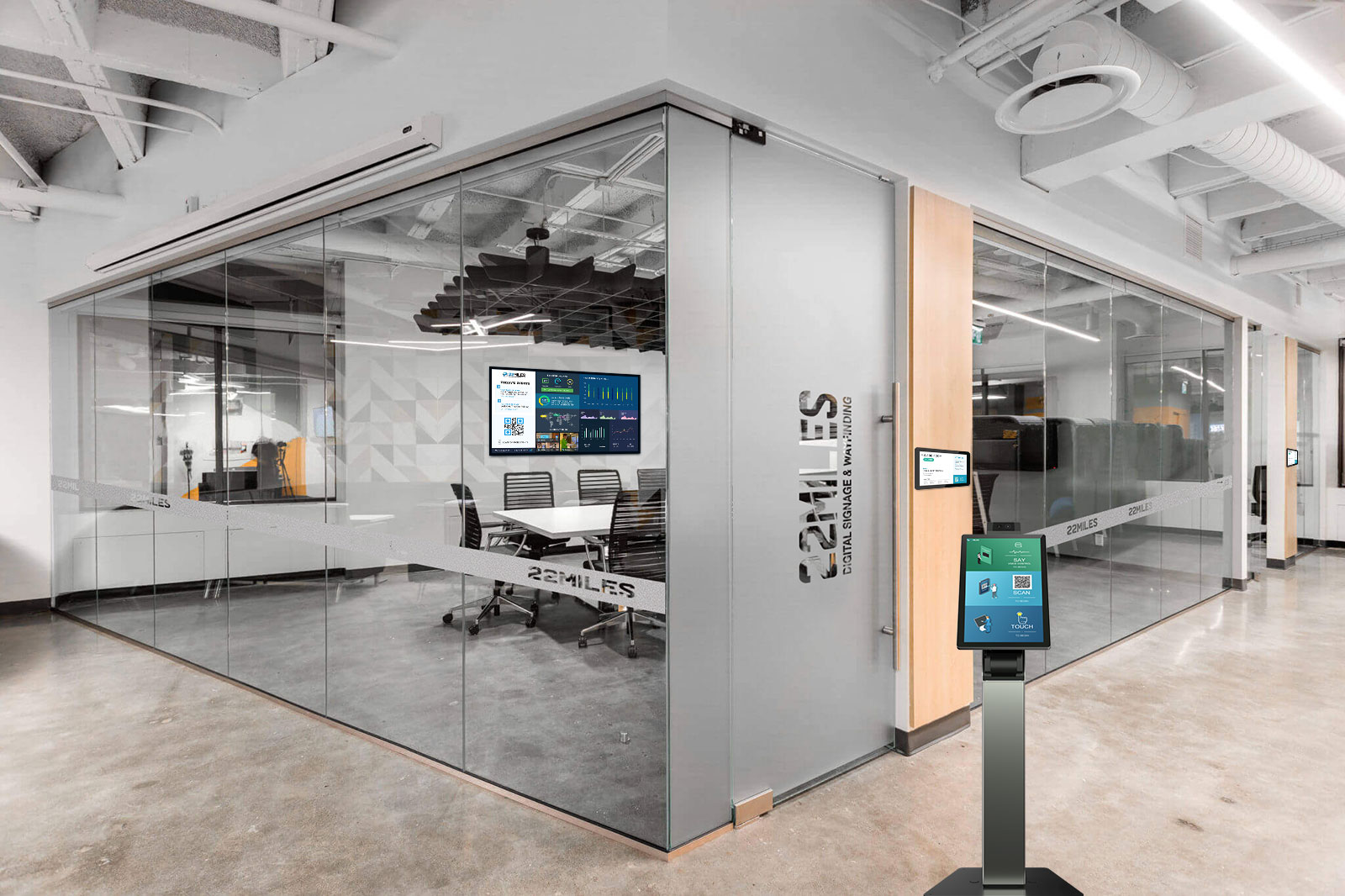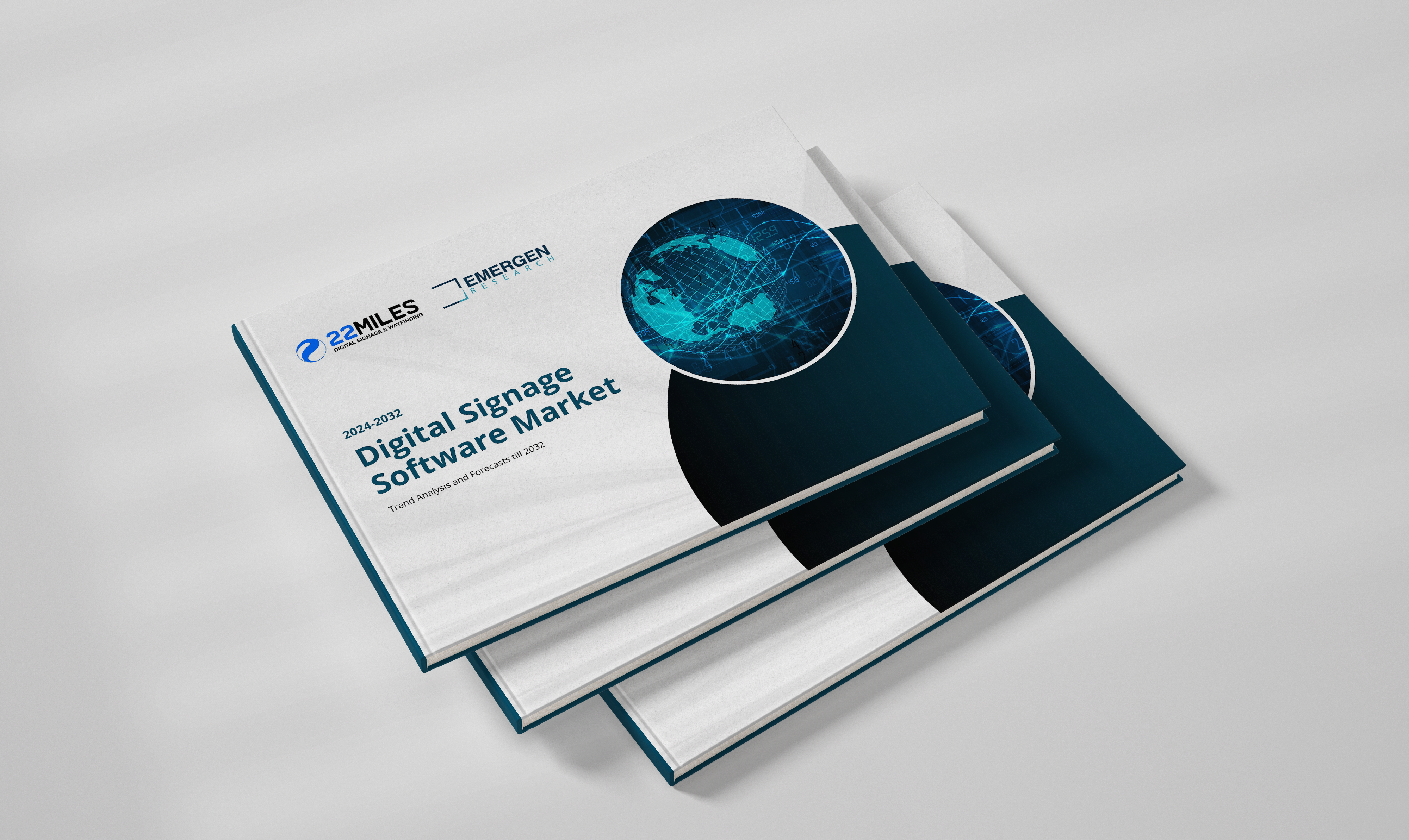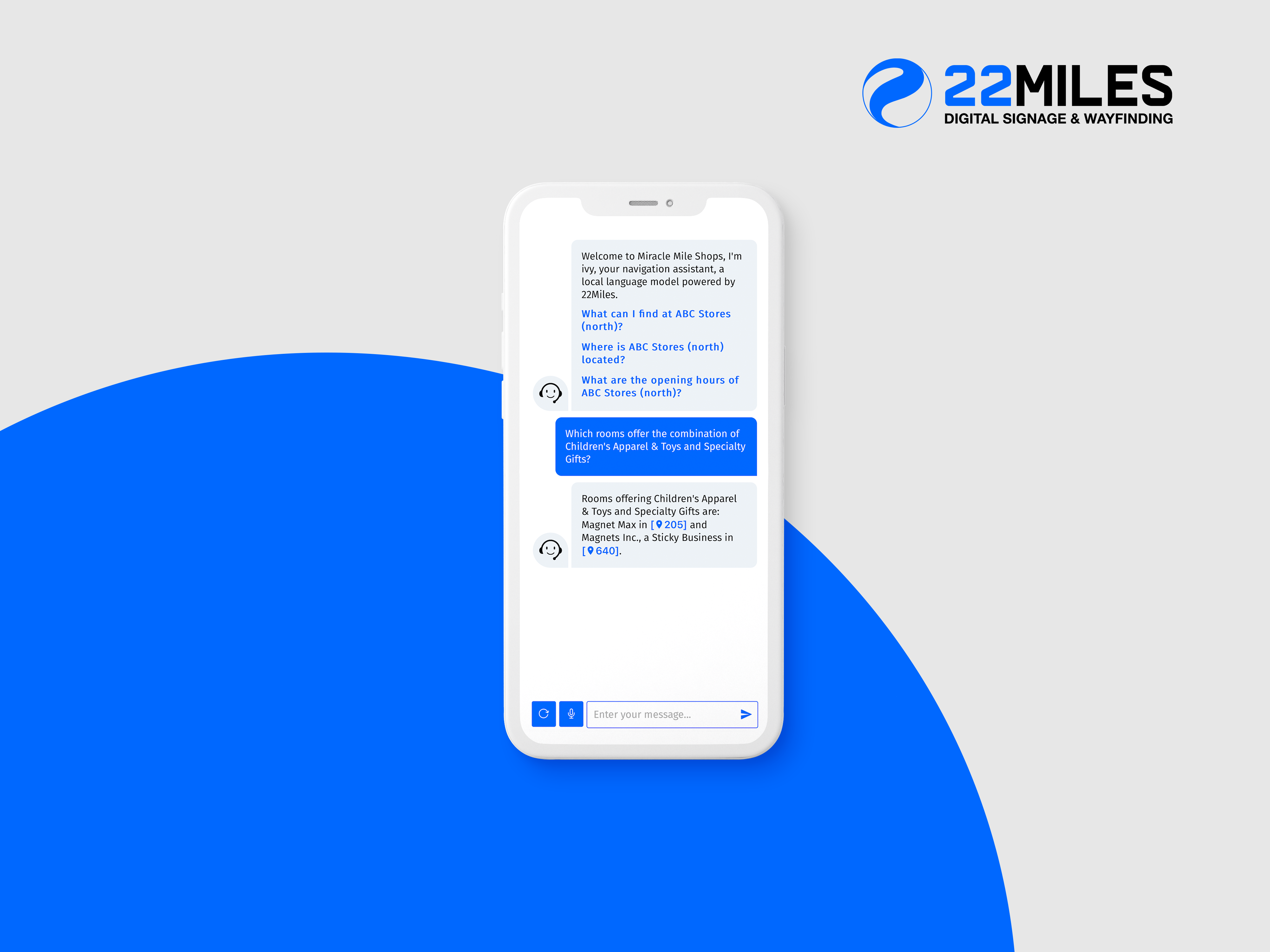Healthcare networks across America are using digital signage more and more. Systems are being used in lobbies, doctor’s clinics, waiting areas, and cafeterias.
Digital signage provides healthcare facilities with an engaging visual communications platform to communicate in real-time with up-to-the-minute information directed at employees, patients, and visitors. When deployed in various areas of a hospital, it helps improve patient satisfaction, increase efficiencies, and empowers hospital staff.
Here are five popular ways that digital signage is being utilized in the healthcare industry.
- Helps People Find Their Way Around
When patients and visitors can’t find their way around a large hospital, it adds to the anxiety they already feel. One major use of digital hospital signage is its ability to help people navigate around healthcare facilities.
For example, outpatients can easily find the radiology department and visitors can find patient’s rooms without stopping staff to ask directions. Using interactive wayfinding kiosks, patients can reach their destinations on time. This keeps everyone on schedule and avoids idle staff time.
- Improves Communication for Healthcare Employees
The healthcare facility is a dynamic and unpredictable workplace even for those who are not directly providing patient care. Deploying digital screens in common areas, lounges and work areas means employees get time-sensitive information, proper protocols, safety procedures and training opportunities when and where they need them.
Digital signage also replaces paper notices on bulletin boards that waste staff time to post and replace and that quickly get outdated. It also cuts down on the number of emails employees receive.
- Relieves Boredom in Waiting Areas
By placing digital hospital signage displays in waiting areas such as emergency rooms and outpatient procedural departments, perceived wait times are shorter. This is especially true of areas that don’t allow the use of mobile phones.
Digital content such as engaging news, health and wellness awareness, healthcare facility updates or general tips can be beneficial to everyone.
- Thanks Current Donors and Encourages New Donations
Traditional donor plaques and lists of donors are easily bypassed or ignored. Digital signage gives hospital foundations the opportunity to thank current donors in eye catching and exciting ways. Digital screens can include photos of donors, their stories, upcoming charitable events and the resulting use of donor funds.
The ability to constantly update donor lists means every donation is recognized whether large or small. This can encourage more people to support other projects and causes of the healthcare facility. Donors can even make donations right on the digital screen, by using a QR quote or via a link via a text to their mobile phone.
- Serves as a Platform for Marketing Outreach
Healthcare institutions are also looking for ways to boost their profit margins and increase revenue. Digital signs in lobbies, hallways, and waiting areas can serve as a platform for promoting other hospital services. This enhances awareness of essential healthcare services other people might not know about.
Also, stores within the hospital premises such as gift shops benefit by displaying their products and offers. Cafeteria menus showcasing specials are more appealing and can be quickly updated.
Final Thoughts
Due to the dynamic and constantly changing nature of healthcare facilities, leveraging digital signage will create an impact for everyone. Information can be displayed in real-time to make it easy to communicate with patients, visitors, and employees. Digital signage also allows fast and easy modification of content to ensure that messages are relayed effectively. Leveraging digital screens is the key to keeping patients, visitors, and staff well-informed and engaged.
Whether it’s hospital signage, a doctor’s clinic, dentist’s office or nursing home, digital signage serves its purpose – from improving the experience to providing better customer service. The return on investment is not only a financial one but most importantly, it makes everyone’s visit at the healthcare facility a more fulfilling one.



